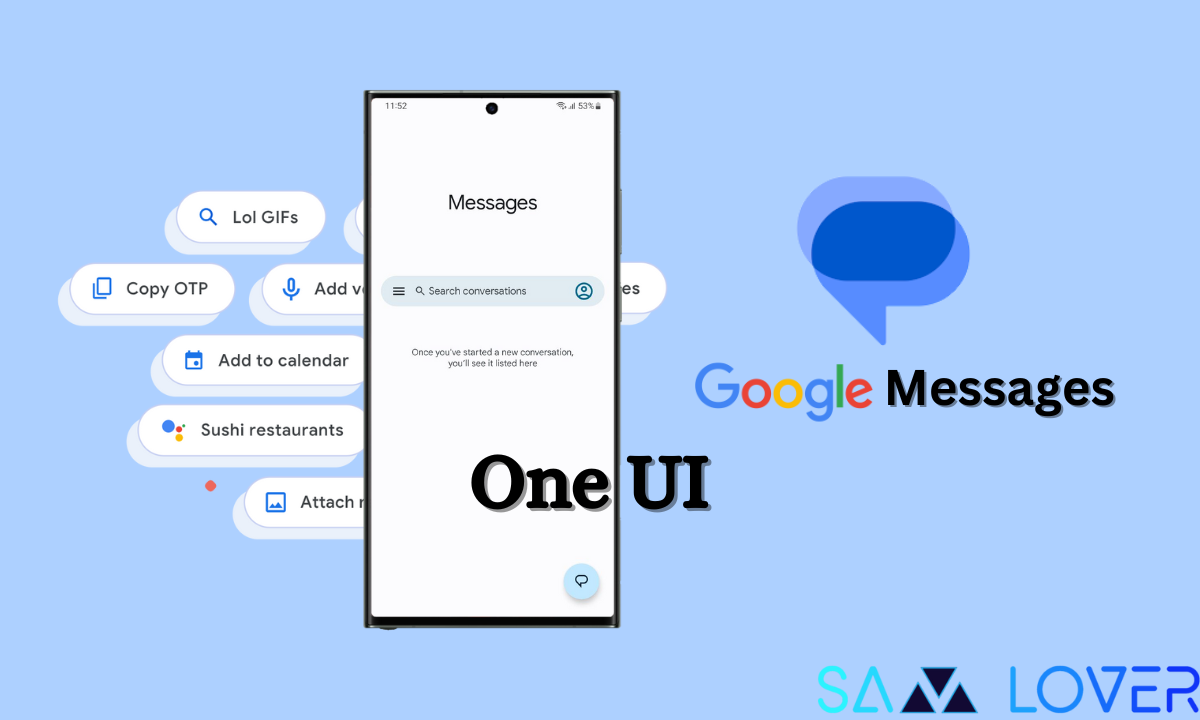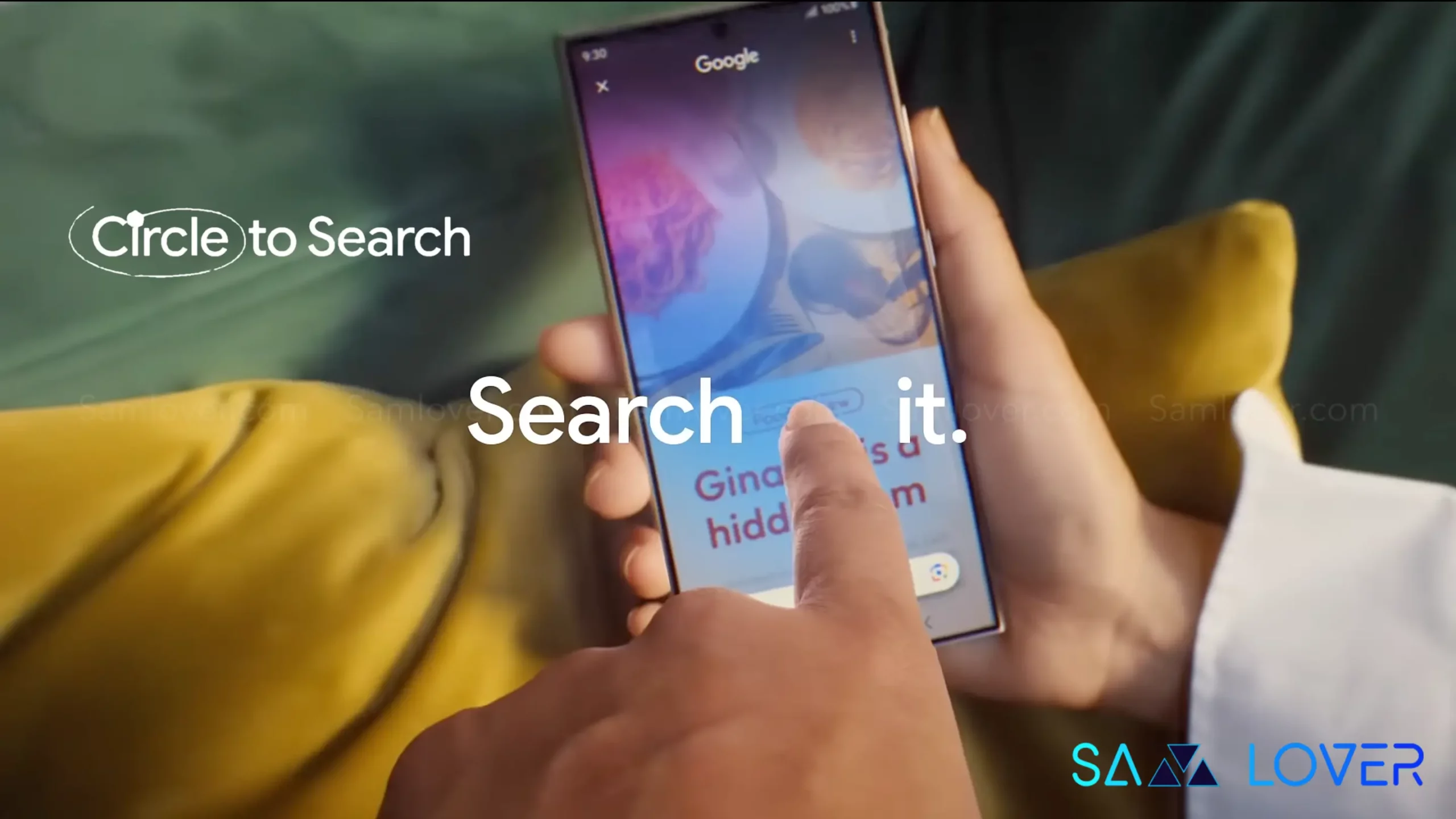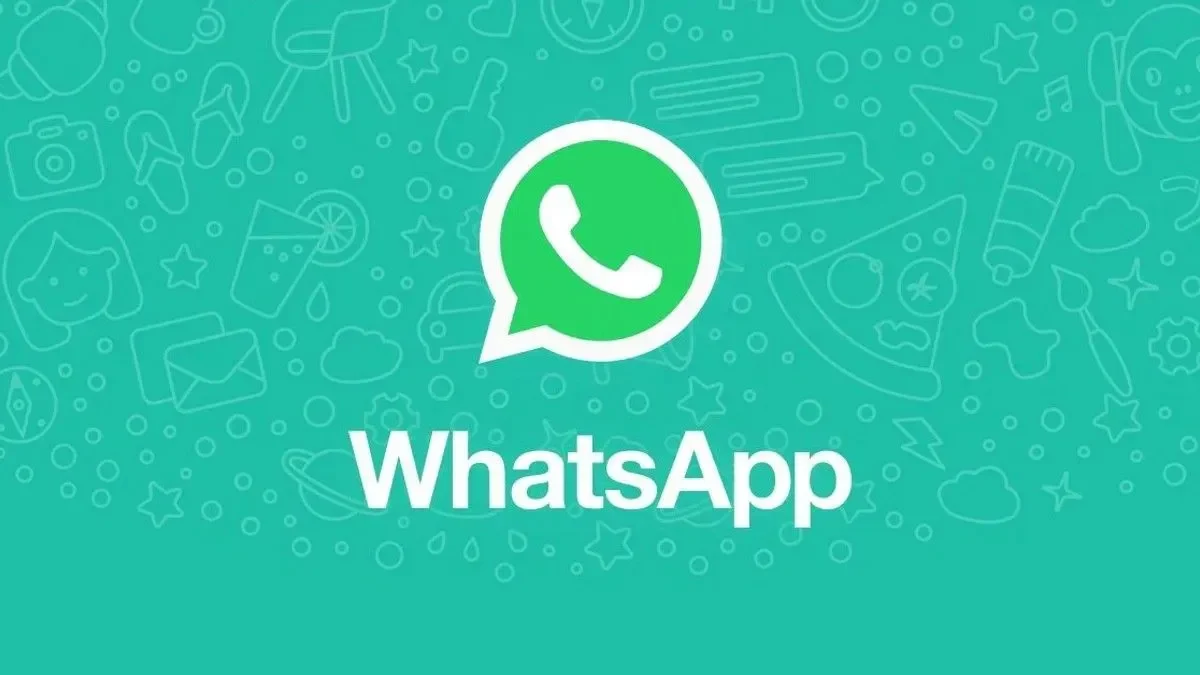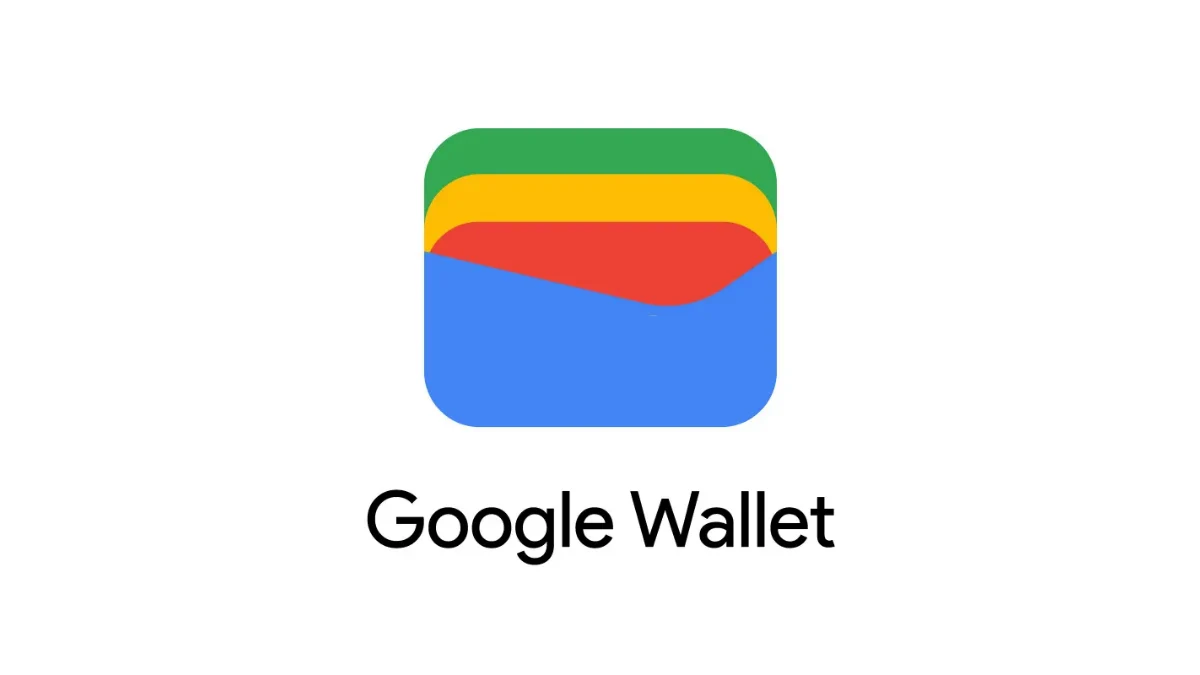Apps & Services
Samsung adds its own One UI to Google Messages’ new interface

The messaging program Google Messages was created for use with its Android and Wear OS mobile operating systems. It serves as a transitional platform between conventional SMS, RCS, and instant messaging. It is essentially Google’s response to Apple’s iMessage app. Changes were brought about in terms of a redesigned voice recorder interface, improved app security, a new feature to organize conversations, and the discovery of potential support for satellite SMS. Also, it is known that the firm is developing a brand new user interface for the Google Messaging app.
It seems that Samsung handsets are getting ready to receive the updates, as Samsung phones are now displaying the redesigned Google Messages home screen, which does away with the navigation menu. Google Messages has a build for Samsung that supports ecosystem sync on tablets and wearables. The app is also optimized for One UI and has a wide header for better reachability in addition to that feature. Other than this, a traditional component of the application interfaces of Google services and the long-aged hamburger symbol were replaced with the company’s logo.

The four-color “G” logo has joined the enormous heading Messages, which is still present, to create extremely noticeable Google branding, which is probably the goal of the overall homescreen redesign. To replace the search field, a magnifying glass symbol has been added to the corner next to your Google Account avatar. To access Archived, Spam, and Banned, tap it to bring up a menu. Mark all as read, device pairing, your message data, message settings, and help and feedback.
There are additional changes to the search page for fullscreen. It appears a little weird for these two symbols to show to the right of that line without anything else there. Instead of a rounded square or rectangle, messages continue to employ a circular FAB. The stock Google app now chooses a rectangle with rounded edges and a clear indication of the action to which the button refers, unlike the floating action button that is located in the lower right corner of the app and updates the app icon while maintaining the circular shape.
Further, the graphic renewal has also started to appear on Samsung smartphones, which welcome the innovations by integrating them with the One UI’s aesthetic standards.
Apps & Services
Samsung Phones Soon Get Barcode Support in ‘Circle to Search’

Circle to Search with Google has been the talk of the town since it came into existence. Flagship Galaxy owners get ready to experience new functionality in the Circle to Search feature, as Google is working on adding barcode support to Circle to Search for easy barcode scanning.
Initially, Samsung introduced the Circle to Search with Google feature on its current flagship Galaxy S24 series. Later, Google will make it available on its Pixel 8 and Pixel 7 series. As per the requirement, Google has also upgraded the gesture of the feature by adding instant translation support, allowing you to translate on-screen content easily. Google is now setting up to enhance the feature further by adding barcode support.
Presently, Circle to Search just lets you search for text, images, or videos on your screen by just circling without even needing to switch between apps. Similarly, at the moment, if you use Circle to search on a barcode, then it will take you to the result that will show other similar barcodes; instead, it should be redirected to its content.
Now the reports are saying that a tipster spotted strings related to this feature in the Google app v5.19.45.29.arm64 beta. Currently, the feature is in the developing stage, but it is expected that the brand will roll out soon. Once available, it will let you use Circle to Search to read barcodes on web pages and from products in pictures you have taken.
However, there is no exact information known when this feature barcode reader feature will come into existence or when Circle to Search with Google will be available on other non-Samsung and non-Pixel devices, but it is expected that Google could announce more Circle to Search improvements alongside its wider availability at I/O 2024 later today.
Follow Sam Lover on Your Favorite Social Media Platforms
Apps & Services
WhatsApp Beta Update Brings Two New Features

Meta is quite active in upgrading its messaging platform, ‘WhatsApp’, as per the convenience of the users to enhance their experience. The new beta updates bring two new features: new sticker creation shortcuts and channels for linked devices.
WhatsApp is rolling out a new update for Android, available on the Google Play Beta Program with the beta version 2.24.10.23. This brings a shortcut for creating stickers, which is already seen on iOS. With this update, WhatsApp is separating the usual sticker creation tool from the AI-based sticker creation feature.


However, the sticker creation is getting an update on some applications, but currently, there’s one option to make both regular and AI-generated stickers. The other update reveals that the developers are building up another feature for connected devices, namely the ability to create, view, and follow channels. With this update, users get the power to access this feature even from their linked mobile devices, ensuring a cohesive experience. It does not even matter which mobile device they are using.
It is not yet confirmed exactly when these changes will be implemented for everyone. Since the features are still in the developing stage and yet to roll out stably, at the moment they are available only for beta users, but it is expected that soon the giant will make them available widely.
Follow Sam Lover on Your Favorite Social Media Platforms
Apps & Services
Google Wallet Ending Support for older Galaxy Phones & Wear OS Watches

Your secure and private digital wallet, ‘Google Wallet’, is dropping support for old Android and Wear OS versions, starting next month.
Google Wallet is a digital wallet facility on Android that allows you to quickly access payment cards, passes, tickets, keys, or IDs that you choose to store on it. Google Pay plays an essential role in helping you manage your money and your finances. The new support document reveals that from June 10, Google Wallet will only support Android smartphones that at least run Android 9 or higher. It means you can use Google Wallet on Samsung devices released in or around 2014, including the Galaxy S6 and Galaxy Tab E 9.6.
“Google Wallet will require Android 9 or higher on your phone and OS 2.x or higher on your smartwatch.”
While using Google Wallet on your smartwatch, your watch should be running on Wear OS 2.x or higher. The good news is that Samsung Galaxy Watches with Wear OS are all compatible with the latest Wear OS 4, so none will be impacted by this change.
Google Wallet says the reason behind this new change is that “security updates aren’t available for Android versions below 9.”
Another support page, which is yet to be updated, shows Android 7.0 as the basic requirement. When Google Walled debuted in 2022, Android 5.0 was listed. With this new change, users who are using Android Nougat (7.0, 7.1) and Oreo (8.0, 8.1) are impacted. As reported by Android Studio, Android 9 Pie has a cumulative distribution of 86.4%.
Whereas, at launch, Wear OS 2 was based on Android 8.0 Oreo but was later updated to Android 9.0 Pie. Previously, Google ended Play Services support back in August 2023 for Android KitKat.
Follow Sam Lover on Your Favorite Social Media Platforms












